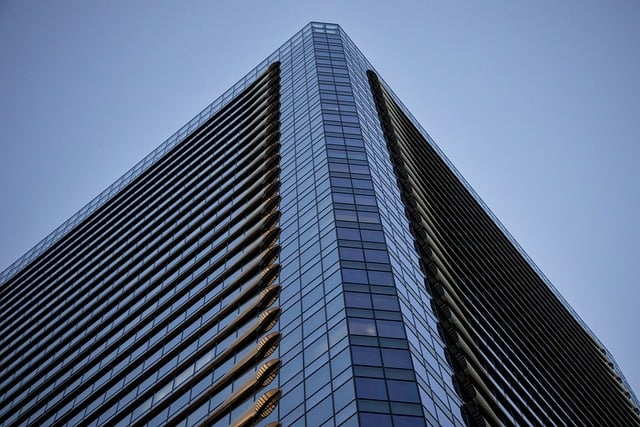Metal paneling offers a durable and versatile solution for modern building facades, combining aesthetic appeal with functional longevity. This material choice—steel, aluminum, or zinc—brings its unique advantages to architectural design, with each offering distinct benefits like steel's robustness, aluminum's lightweight durability, and zinc's natural patina. The selection of the right metal panel is influenced by the building's characteristics, climatic conditions, maintenance requirements, and desired lifespan. Durability is paramount, with factors such as material thickness, coating integrity, panel design, and finish quality playing critical roles in ensuring long-term protection and structural integrity. High-grade coatings provide additional environmental defense, while careful design considerations, like accounting for thermal movement, are essential for the facade's enduring performance. Metal panels offer a sleek, customizable, and modern facade that resists wear and tear over time, making them suitable for both new construction and retrofitting. Their adaptability allows for a range of designs from subtle textures to intricate patterns, catering to various design needs while maintaining a modern aesthetic. The precision in installation, leveraging advanced technologies and specialized tools, ensures a weather-resistant and visually uniform facade. This innovative approach to facade design with metal panels is exemplified by successful projects that showcase its durability against diverse climates and urban environments, reinforcing its value as an architectural material for facades in contemporary architecture.
Metal paneling stands as a testament to modern architecture’s enduring evolution, offering both aesthetic allure and robust protection for facades. This article delves into the nuances of selecting sleek and durable metal panels for architectural applications. We explore the diverse range of materials available, the factors influencing longevity, and the design principles that transform buildings into works of art. Through detailed examination of installation methods, we ensure precision and efficiency in metal panel facade applications. Real-world case studies provide a clear view of these panels’ practical prowess, showcasing their durability and stylish versatility.
- Understanding Metal Paneling for Facades: Material Options and Durability Factors
- Design Aesthetics: The Role of Metal Panels in Creating Sleek, Modern Façades
- Installation Techniques: Ensuring Precision and Efficiency in Metal Panel Facade Applications
- Case Studies: Real-World Examples of Durable and Stylish Metal Panel Façades
Understanding Metal Paneling for Facades: Material Options and Durability Factors
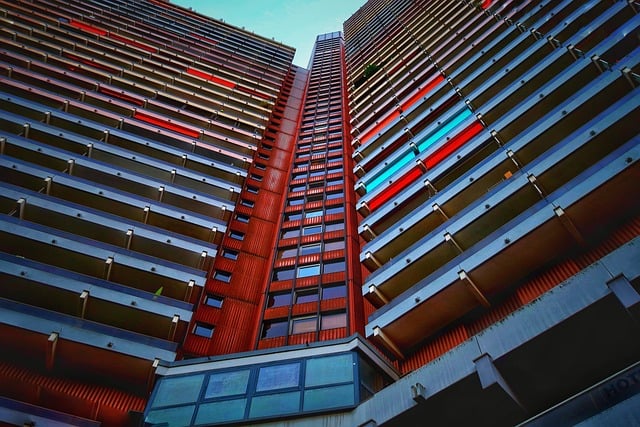
Metal paneling serves as a robust and aesthetically pleasing solution for modern facades, offering a seamless blend of form and function. When considering metal panels for architectural applications, it’s crucial to explore the array of materials available, including steel, aluminum, and zinc. Each material brings its own set of advantages; for instance, steel offers remarkable strength and versatility, aluminum provides lightweight durability, and zinc delivers a natural patina over time, enhancing its longevity. The choice of material is influenced by factors such as the building’s design, environmental conditions, maintenance requirements, and intended lifespan of the facade.
Durability is a paramount consideration when selecting metal paneling for facades, as it ensures the protection and longevity of the building. Factors affecting durability include material thickness, coating quality, panel design, and the finish applied. High-quality coatings, such as paint or anodized layers, protect against corrosion and wear, extending the lifespan of the panels. Additionally, thoughtful design considerations, like allowing for thermal expansion and contraction, further enhance the longevity and performance of metal paneling systems on facades.
Design Aesthetics: The Role of Metal Panels in Creating Sleek, Modern Façades
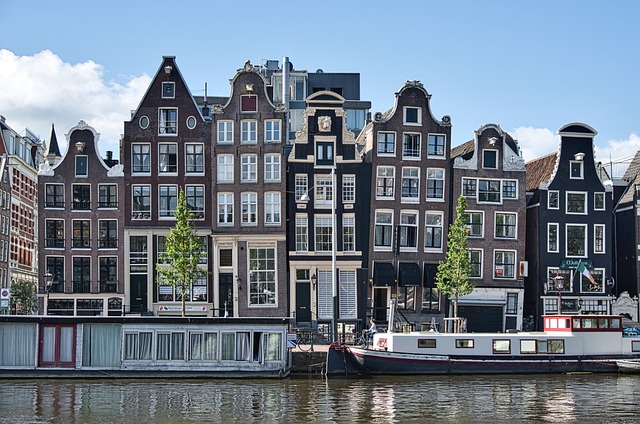
Metal panels have become a staple in architectural design, offering a versatile and sophisticated solution for modern facades. Their sleek surfaces provide a canvas for contemporary aesthetics, allowing buildings to exude an air of elegance and sophistication. The seamless integration of metal panels into building designs enables architects to achieve clean lines and a minimalist look that is both striking and functional. These panels are available in various textures, finishes, and colors, enabling designers to tailor the facade to the unique vision of the project while maintaining a uniform and cohesive appearance across the structure. The material’s durability ensures that the facade not only retains its visual appeal over time but also withstands environmental and urban wear and tear, making it an ideal choice for both new constructions and retrofitting existing buildings.
The customization options for metal panels further enhance their role in architectural design. Architects can leverage the material’s adaptability to create facades that range from subtly textured to boldly patterned, all while maintaining a sleek and modern aesthetic. The panels can be precision-cut to fit complex geometries and intricate designs, pushing the boundaries of what is possible in building envelopes. This flexibility allows for both large expanses of smooth metal or intricate decorative patterns that add depth and visual interest to a facade. Moreover, the material’s resistance to corrosion and its ability to withstand thermal expansion make it suitable for various climates and conditions, ensuring longevity and performance for the building’s envelope.
Installation Techniques: Ensuring Precision and Efficiency in Metal Panel Facade Applications
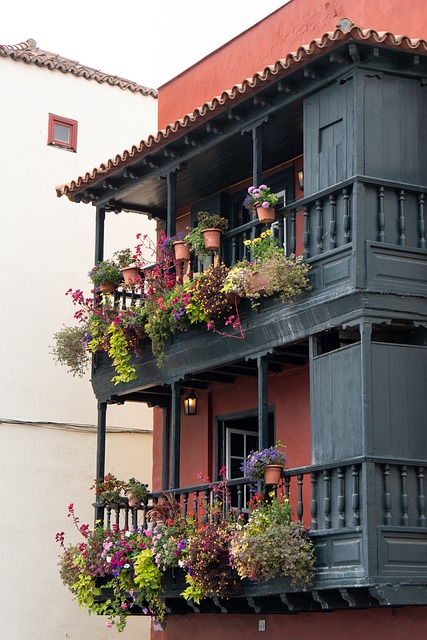
In the realm of architectural design, the application of sleek and durable metal paneling on facades has become a hallmark of contemporary architecture, offering both aesthetic appeal and resilience. The installation technique for these panels is a critical aspect of their effectiveness, as it directly influences the building’s longevity, energy efficiency, and overall curb appeal. Contractors employ precise measuring and cutting technologies to ensure that each panel fits seamlessly with its neighbors, creating a uniform and weather-tight envelope. The use of specialized tools and techniques, such as jigsaws and precision leveling instruments, enables installers to align the panels accurately, which is essential for maintaining the structural integrity and visual continuity of the facade. Moreover, advancements in adhesive technology have allowed for more secure bonding methods, reducing the reliance on mechanical fasteners and thus preserving the pristine surfaces of the metal panels.
The installation process begins with a meticulous site survey to assess conditions that could affect the paneling’s performance, such as thermal movement or structural shifts. This data informs the design of the panel support system, which is tailored to accommodate these variables without compromising the facade’s integrity. The sequence of installation involves aligning each panel into its designated position, applying a durable sealant along the joints, and ensuring that the panels are level and plumb. Subsequent panels are then secured in place, with care taken to maintain a consistent pattern and spacing throughout the facade. This methodical approach not only ensures the longevity of the metal paneling but also optimizes the installation process for efficiency and minimal disruption to surrounding areas.
Case Studies: Real-World Examples of Durable and Stylish Metal Panel Façades
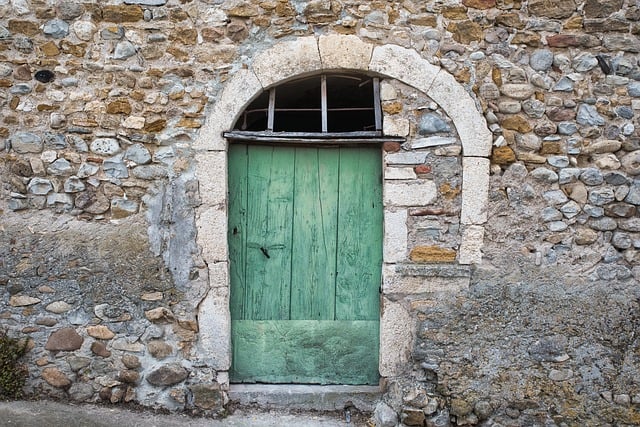
Architects and developers have turned to sleek and durable metal paneling as a solution for contemporary facades, offering both aesthetic appeal and resilience against environmental factors. A prime example of this is the redevelopment of the historic warehouses in the Seaport District, where metal panels were employed to preserve the structural integrity and charm of the original buildings while providing a modern facelift that stands up to coastal weather conditions. The result is a harmonious blend of historical significance and contemporary design, showcasing the versatility and longevity of metal paneling in architectural applications.
Another noteworthy application can be seen in the new downtown high-rise that has become a landmark for its city. The building’s facade is composed entirely of custom-designed metal panels, which not only present a sleek and uniform appearance but also are engineered to withstand the harsh urban environment, including pollution, temperature extremes, and wind load. This project exemplifies how metal paneling can elevate the aesthetic of a building while offering unparalleled durability, ensuring that the facade maintains its integrity for years to come. These real-world examples underscore the effectiveness of metal paneling as an innovative solution for modern facades.
Metal paneling stands as a premier choice for modernizing and protecting building facades, blending durability with contemporary design. This article has delved into the multifaceted nature of metal panels, examining their material composition, the impact of environmental factors on longevity, and the innovative installation methods that ensure both precision and efficiency in their application. Through case studies highlighting real-world examples, it is evident that metal panels offer a versatile solution for architects and builders aiming to achieve sleek, modern facades that withstand the test of time. In conclusion, integrating these panels into architectural design not only enhances aesthetic appeal but also provides a resilient shield against environmental stressors, making them an ideal selection for building facades.
